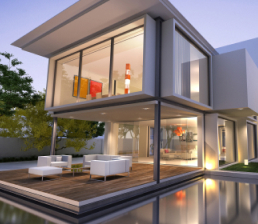Connected LED lighting can help confront the energy, climate, and economic crises
The India is confronted with the fact that our buildings, streets, and municipal services are not yet green or efficient enough to successfully deal with the energy, climate, and economic crises confronting them today.
Many initiatives are already in place to expand the renewable energy sources and to develop the connected infrastructure that cities need, but the scope and pace of these programs is falling far short of the wholesale transformation that’s required.
“We have seen a big emphasis on transitioning energy sources and this is still a massive priority, but people are realising that we are running late, and building up that supply of green energy is going to take time,” says Alice Steenland, Chief Strategy and Sustainability Officer and member of the leadership team at Signify.







